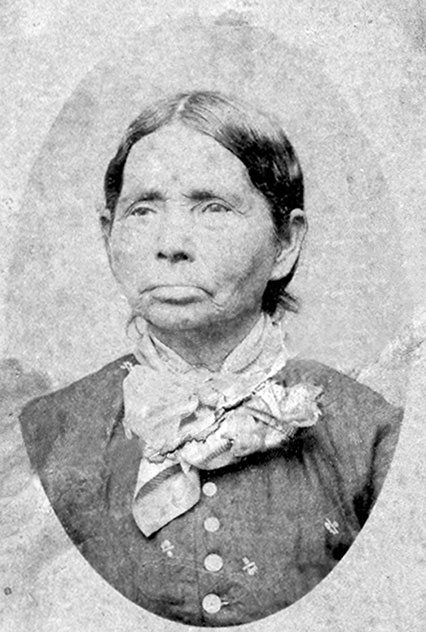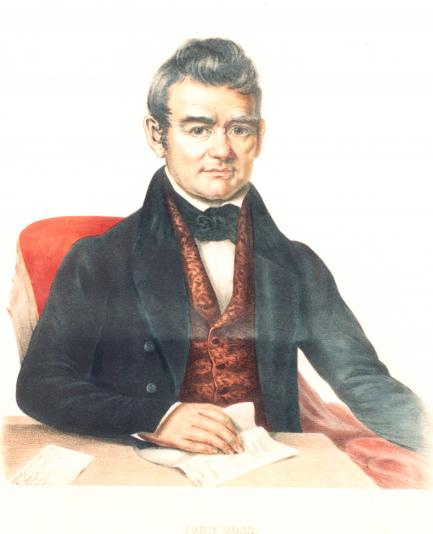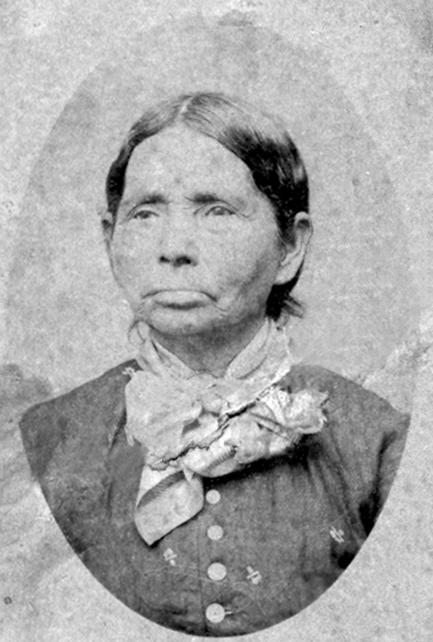“Trail of Tears: A Story of Cherokee Removal” Is Open Through January 2019
“Trail of Tears: A Story of Cherokee Removal” is an exhibition produced by the Cherokee Nation. On view through January 2019 on the second floor of the Smithsonian’s National Museum of the American Indian in Washington, D.C., the exhibition traces the Cherokee Nation from its pre-contact origins in the Southeast, to its forced removal by the U.S. government west of the Mississippi in the 1830s, to its success today as the largest American Indian Nation in the United States.
The Cherokee Trail of Tears is one of the most popular topics in American Indian history in elementary school. Yet, it typically receives only a cursory treatment in textbooks. This 28-panel exhibition and closing video reveals a nation that existed for thousands of years as advanced agriculturalists with a representative form of government. The Cherokee Nation’s sovereignty was recognized by Europe upon contact and later with the United States for hundreds of years. Even after President Andrew Jackson signed the Indian Removal Act in 1830, U.S. Supreme Court John Marshall upheld the Cherokee Nation’s sovereignty in 1832 (Worcester v. Georgia).
The exhibition shows how the Cherokee Nation resisted the Indian Removal Act as statesmen petitioning the U.S. government even in the face violence. In this struggle to remain on their homeland, for the first time in history, a deep division occurred in the Cherokee Nation when prominent Cherokee citizens, without authority or a majority, signed an illegal treaty with the United States ceding all of their lands in the east for lands in the west.
With facts, figures, historical documents and firsthand accounts, the exhibition relays facets of one of the darkest chapters American history—the forced removal of American Indian Nations by the bayonets of federal troops. Of the nearly 16,000 Cherokee people removed to the West, historians estimate 4,000 perished.
As traumatic as the journey west was, the history of the Cherokee does not end with it. The exhibition continues to show how the Cherokee Nation reunited and reasserted its sovereignty in the western territory without dividing despite the Civil War, more repressive U.S. policies against American Indian Nations, including the Allotment Act of 1887 (requiring individual ownership of tribal lands) and the 1988 Curtis Act (stripping Native Nations of their courts), and forced cessation of more land to make way for the state of Oklahoma.
The exhibition concludes with the beginning of an era in American Indian history known as “Self-determination” starting with President Richard Nixon in 1970, and continuing until today. In 1971, the Cherokee Nation government was reinstated, and for the first time in 70 years, the Cherokee people were able to elect a principal chief. Today the Cherokee Nation is the largest federally recognized American Indian Nation with more than 355,000 citizens, 100,000 of whom live on the Nation’s 7,000-square-mile jurisdiction in northeast Oklahoma.
“Trail of Tears: A Story of Cherokee Removal,” complementing two of the museum’s long-term exhibitions—“Nation to Nation” and “Americans”—tells the Cherokee story of removal and perseverance.
“Trail of Tears: A Story of Cherokee Removal” is supported by the Cherokee Nation and Cherokee Nation Businesses LLC.
The National Museum of the American Indian is committed to advancing knowledge and understanding of the Native cultures of the Western Hemisphere—past, present and future—through partnership with Native people and others. Located on the National Mall at Fourth Street and Independence Avenue S.W., the museum is open each day from 10 a.m. to 5:30 p.m. (closed Dec. 25). It is accessible from L’Enfant Plaza Metrorail station via the Maryland Avenue/Smithsonian Museums exit. Follow the museum via social media on Facebook, Twitter and Instagram. To learn more about the museum’s mission, visit AmericanIndian.si.edu.
# # #
SI-419-2018
Lisa Austin
212-514-3826




